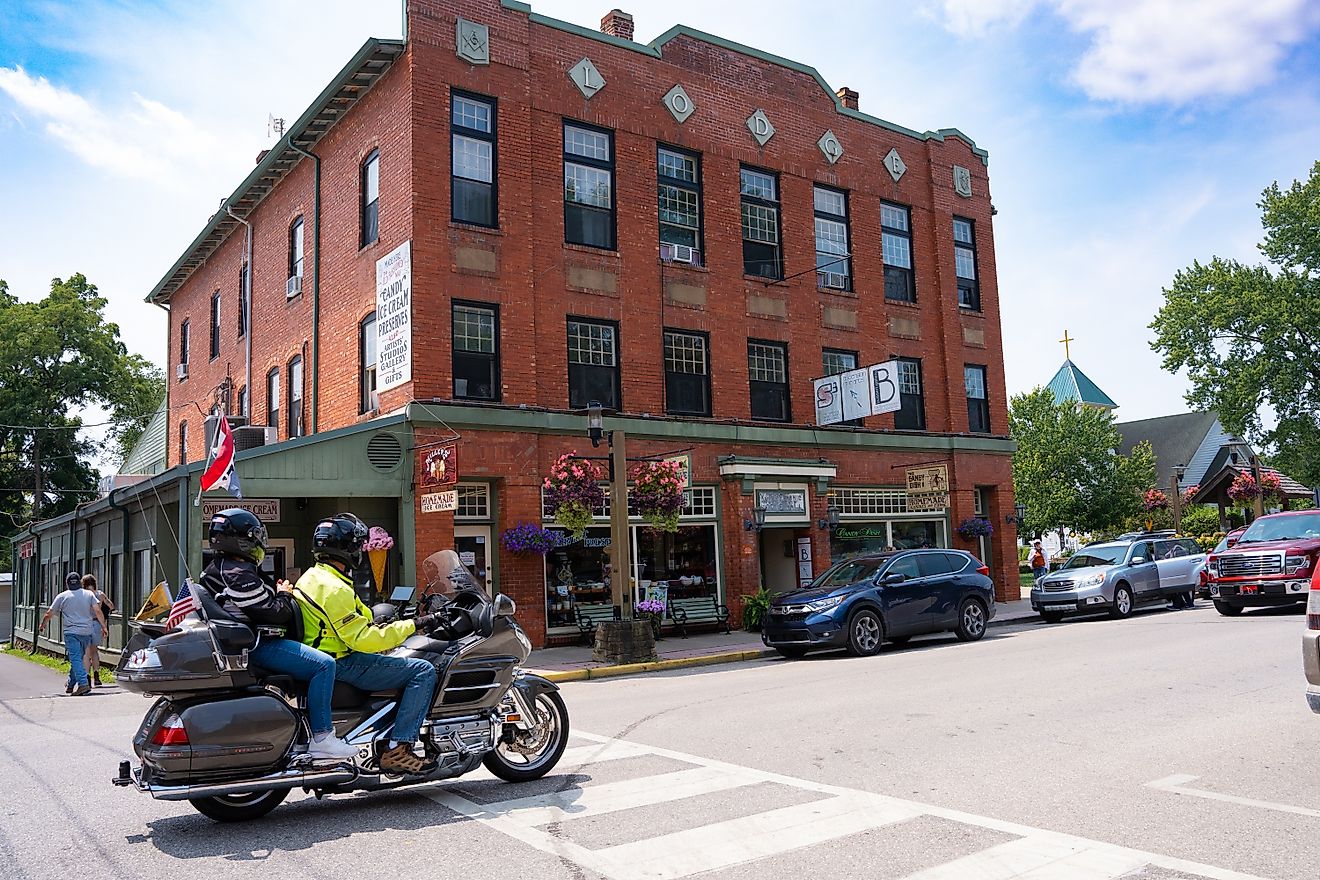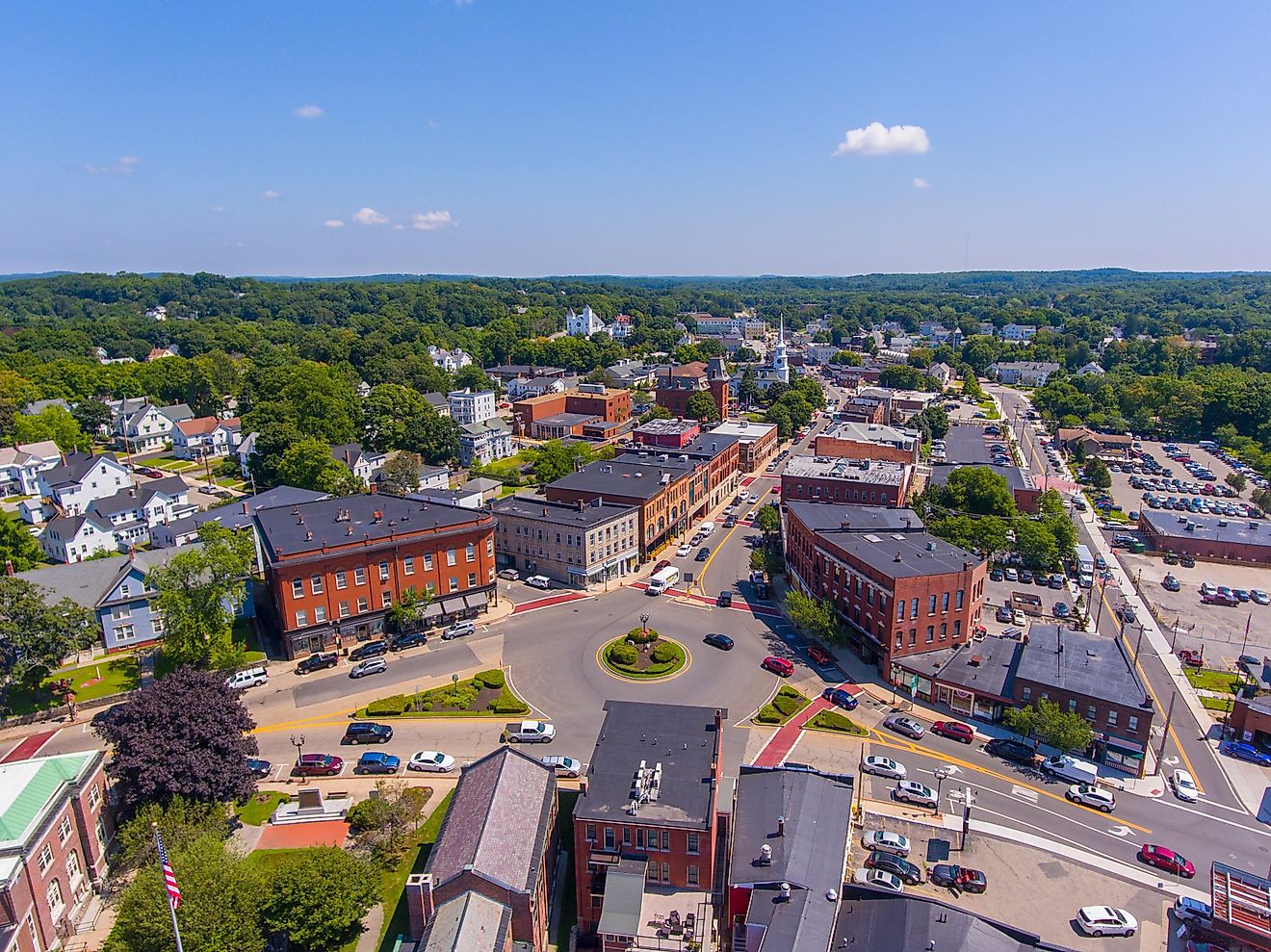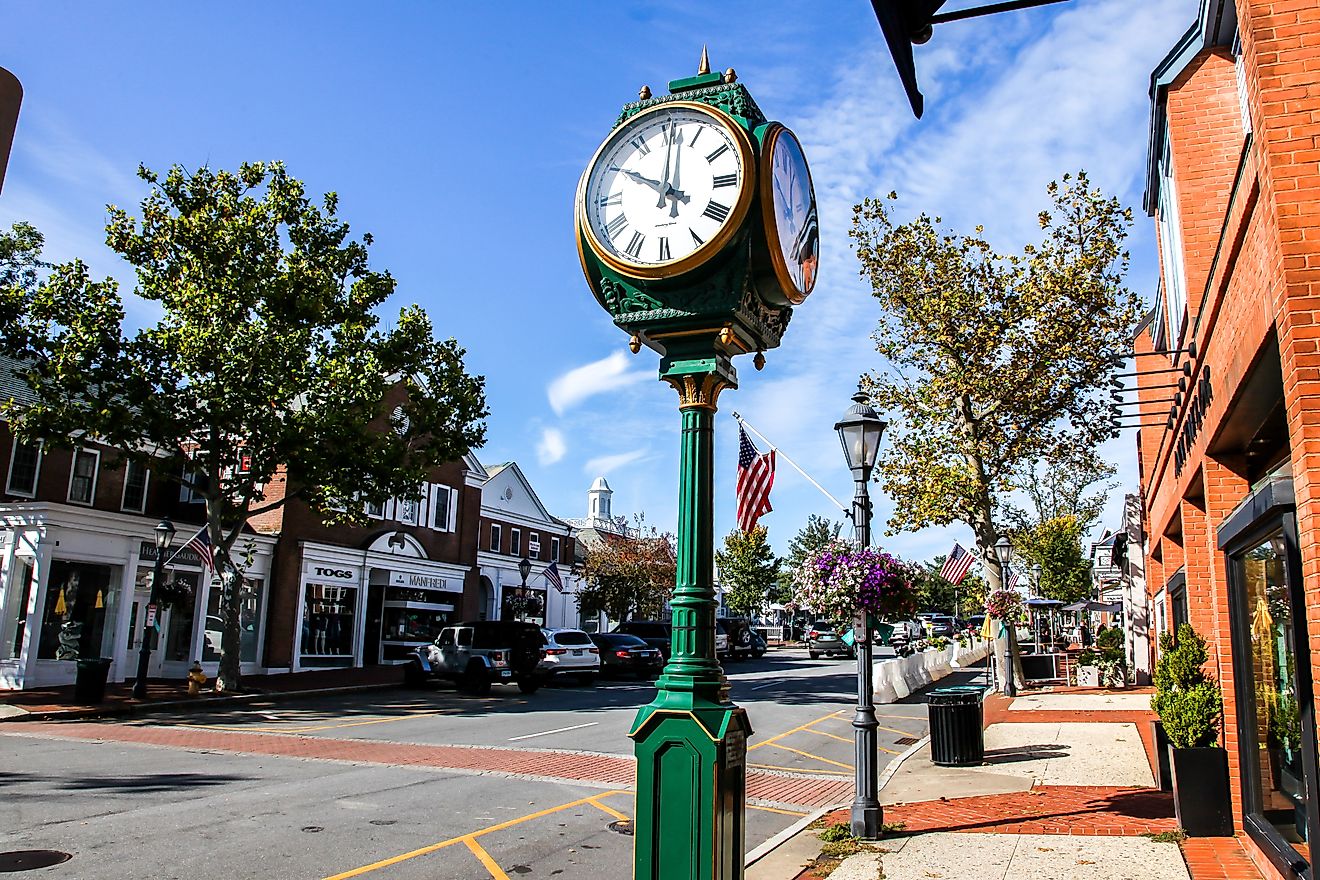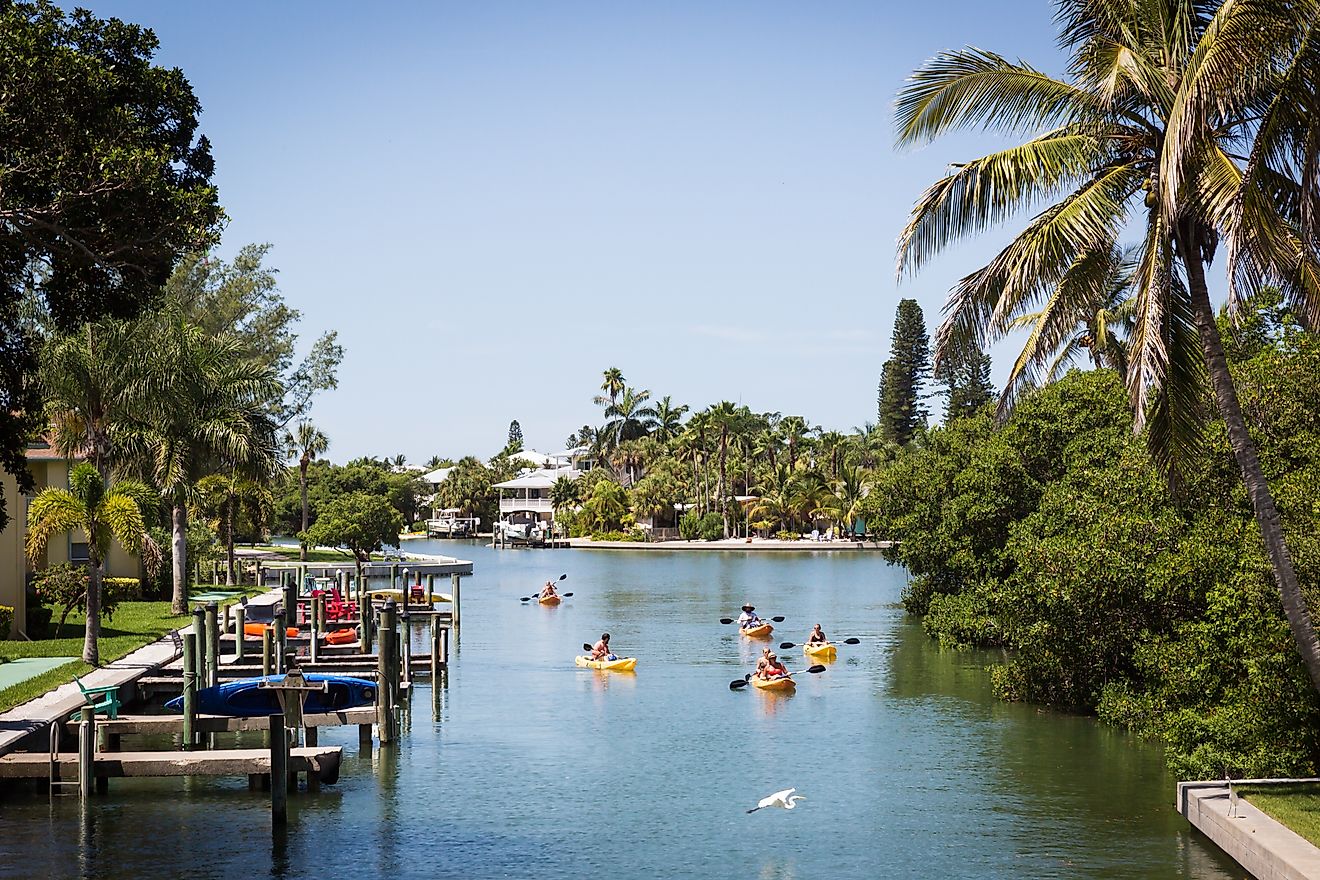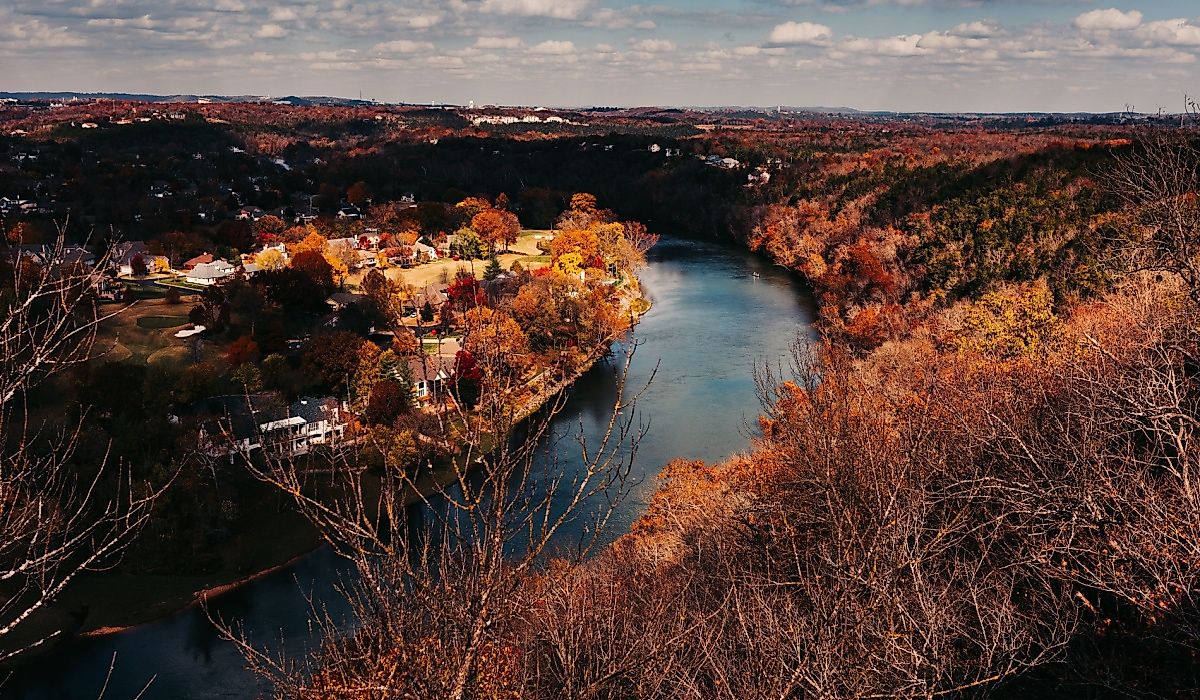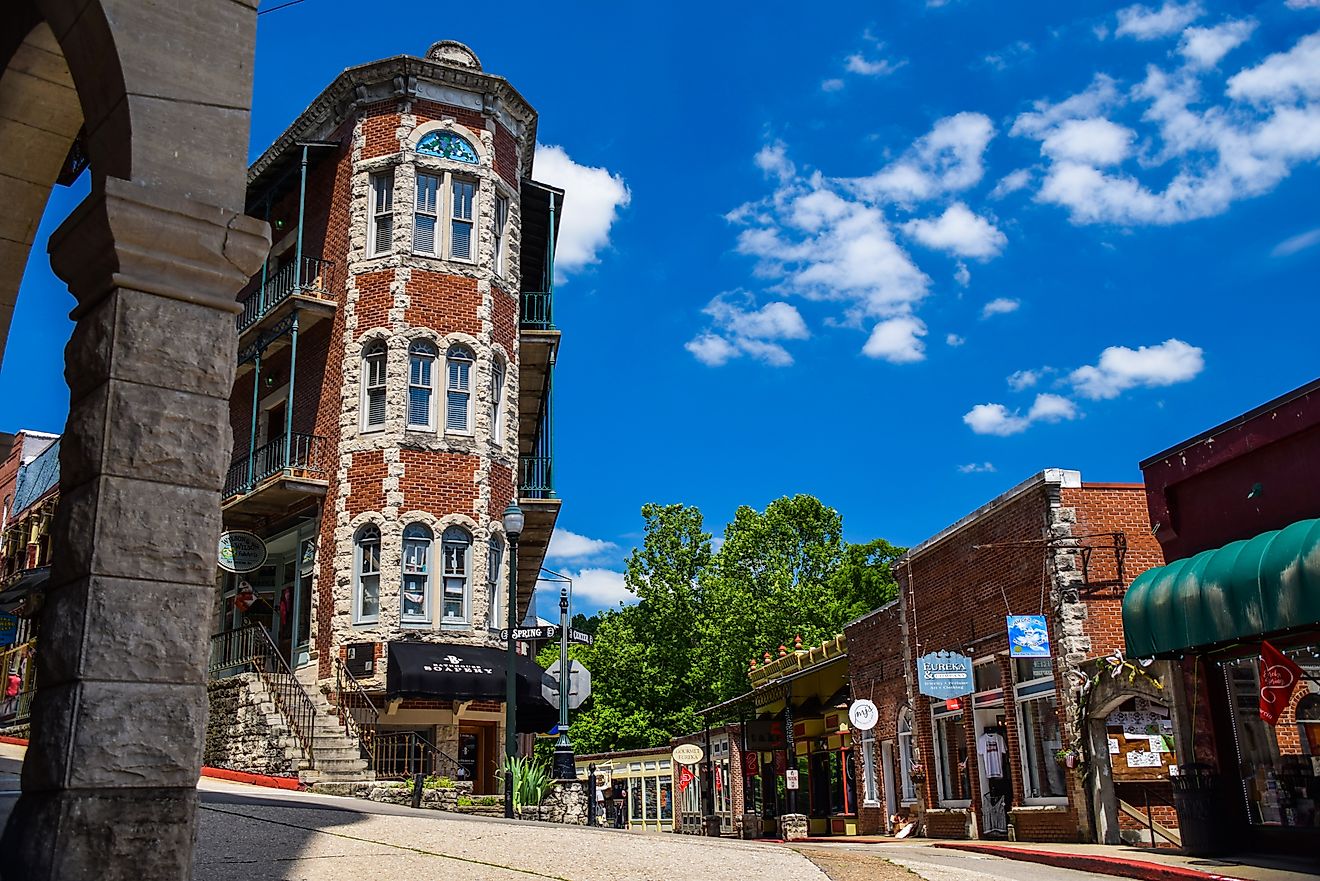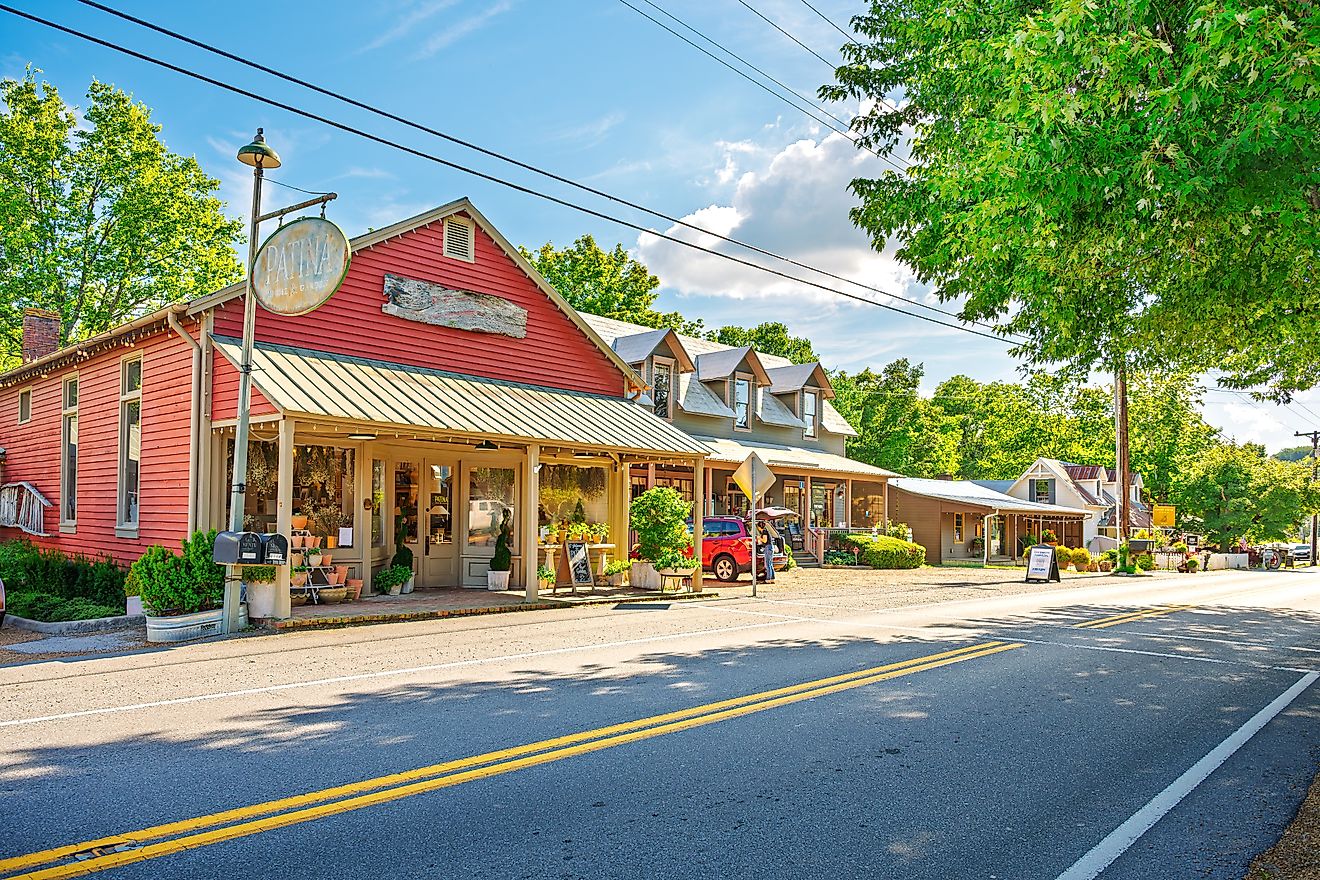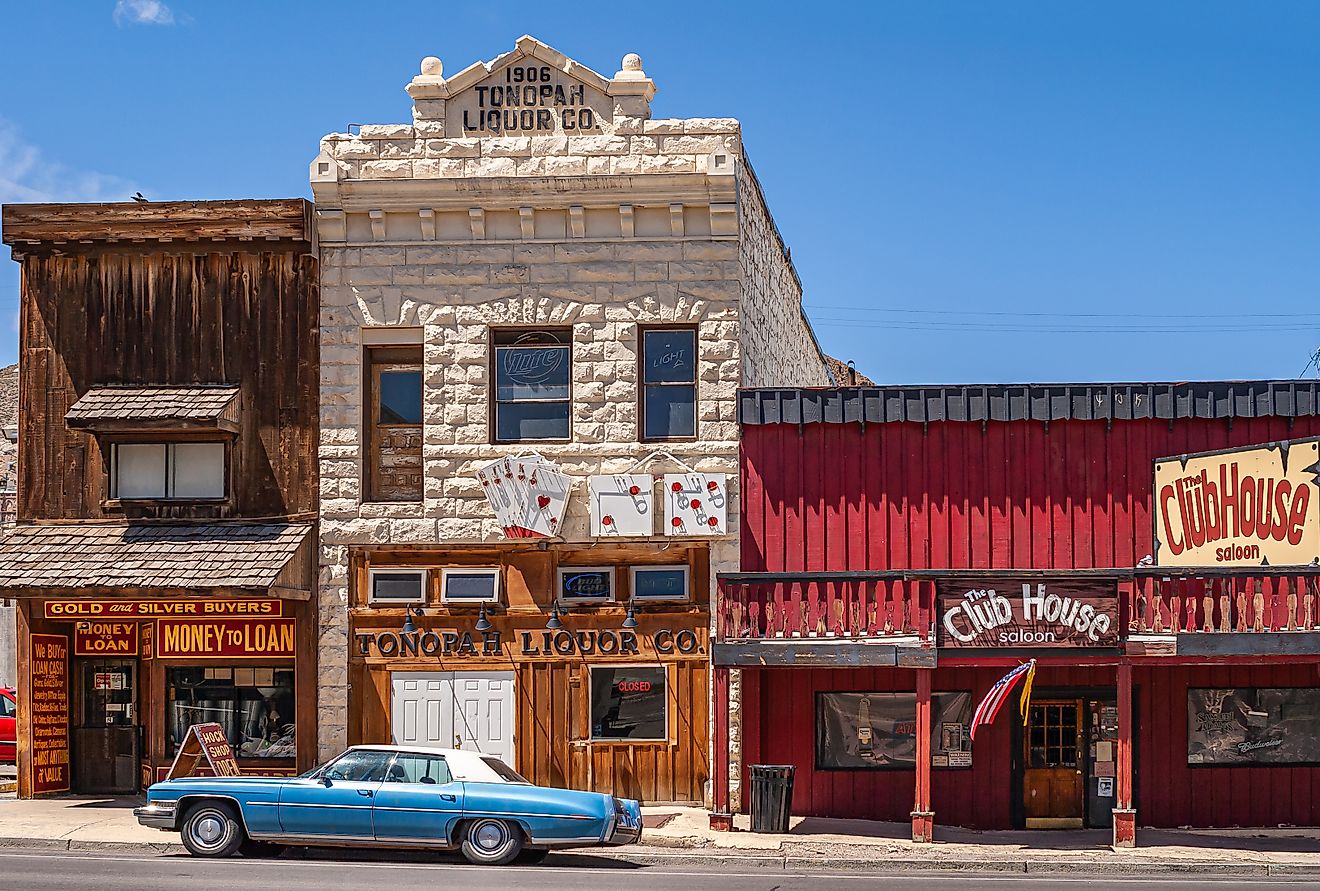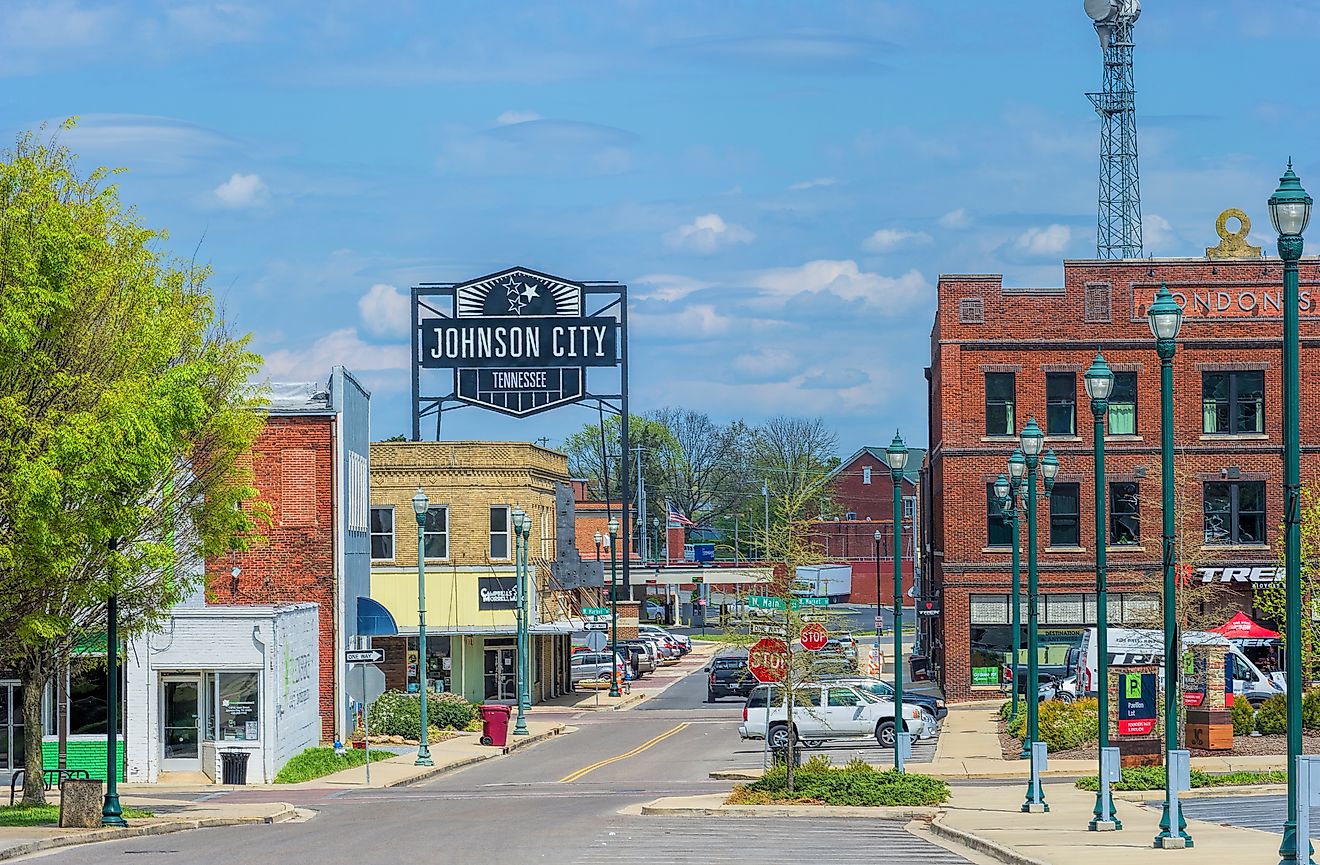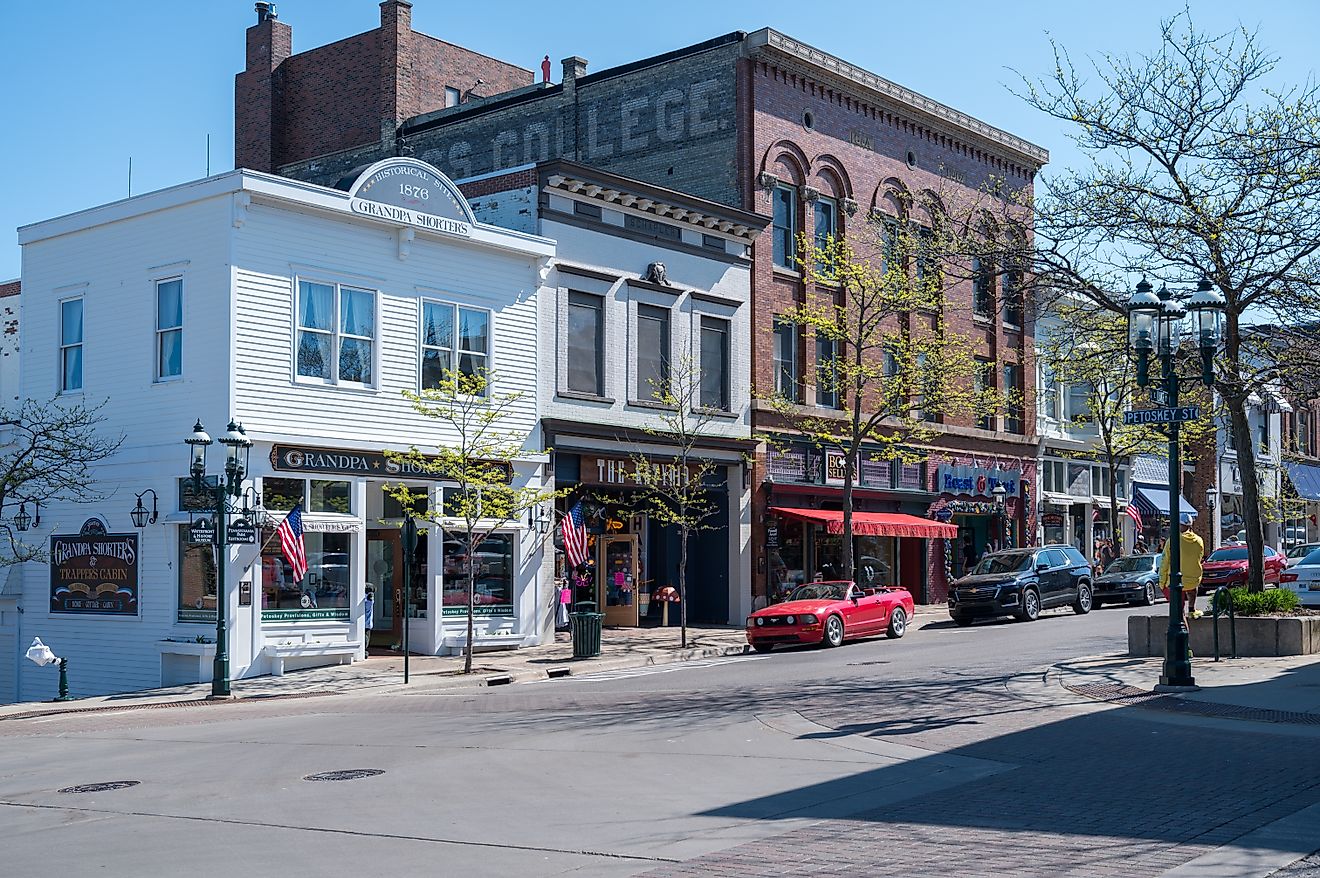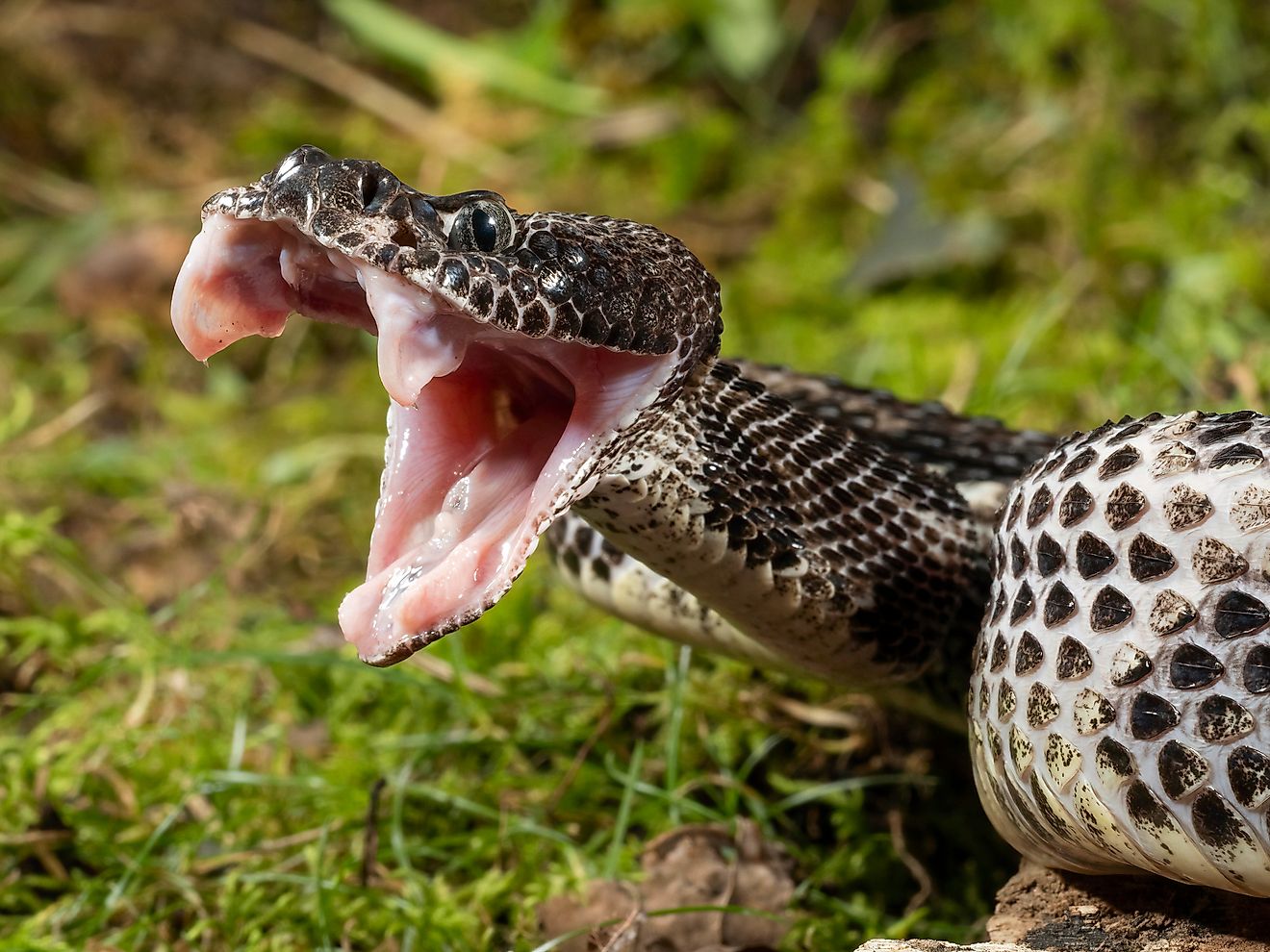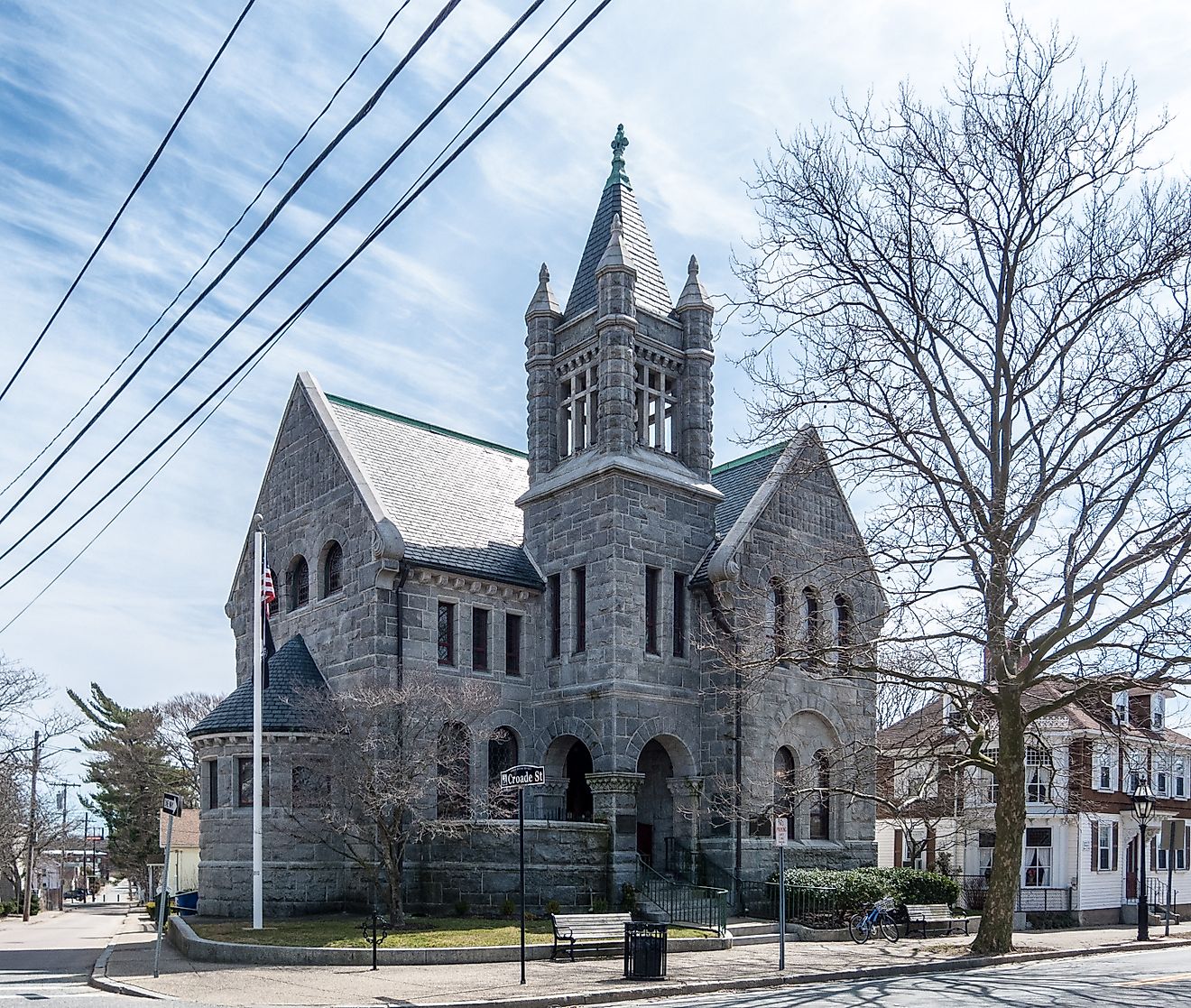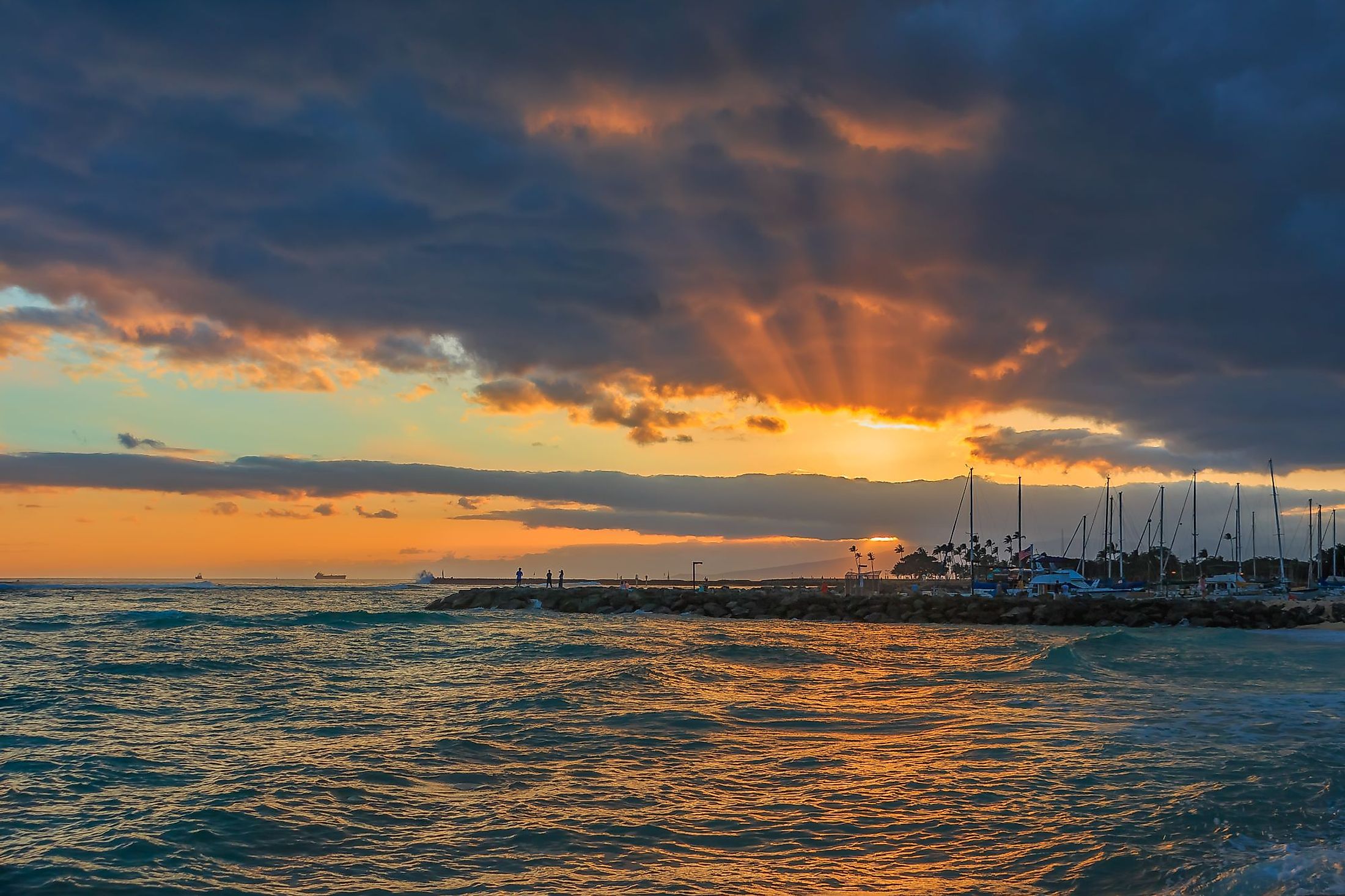
Waipahu, Hawaii
Waipahu is a small census-designated place situated on the island of Oahu in Honolulu County's Ewa District in the US State of Hawaii. The term Waipahu has been derived from the words wai, which means water, and pahu, which means burst or explode. When combined, the term Waipahu in the Hawaiian language means “water forced up.” The town’s name thus refers to an artesian spring. At one point, locals referred to the town as the capital of Oahu due to its spring "Waipahu,” which delivered fresh and clean groundwater to the locals.
Geography Of Waipahu
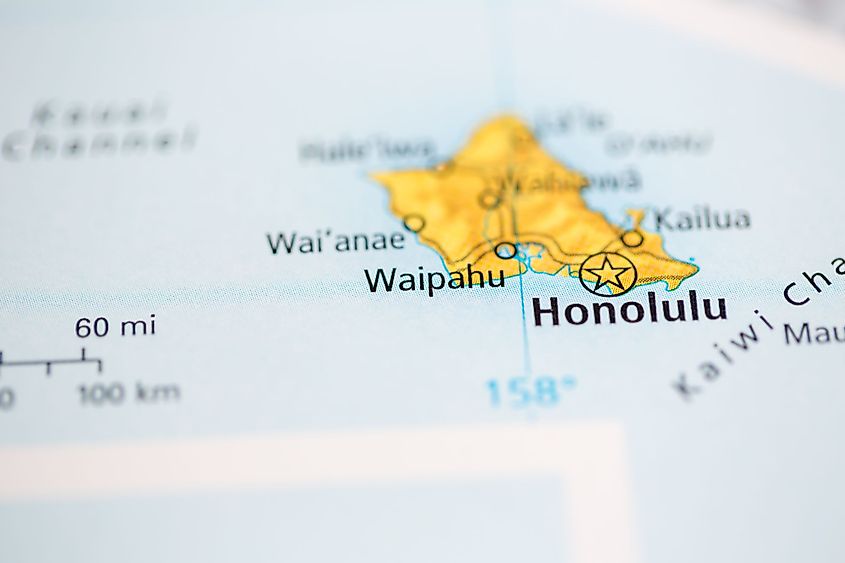
Waipahu sits on the Hawaiian island of Oahu, which resembles the shape of a diamond. Like other islands in Hawaii, Oahu's topography was formed over millions of years ago due to volcanic activity. Specifically, Waipahu sits in the south-central part of the island, along the northern shores of the Middle and West Lochs of Pearl Harbor. The town is accessible via driving along Interstate H-1 and Farrington Highway, which runs in the east-to-west direction throughout the length of the town. It is also considered a postal city for some neighboring small towns, including Waipio, Royal Kunia, Waikele, and Village Park. Waipahu covers a total area of 7.25 sq. km, of which 6.94 sq. km is occupied by land, and 0.31 sq. km is covered by water. Several small streams, like Kapakahi Stream and Waikele Stream, flow through Waipahu.
Climate Of Waipahu
Waipahu experiences hot, wet summers and long, comfortable winters. Every year, Waipahu receives 276 sunny days per year, which is more than the US national average of 205 sun-filled days. The town's coldest month falls in January, with an average low temperature of about 66°F. Meanwhile, Waipahu's hottest month falls in August, experiencing an average high temperature of around 87°F. The wettest months in Waipahu fall between October to March. However, January is the wettest month, as the average rainfall measures around 64 mm during this time. In contrast, Waipahu is driest in June, with only an average rainfall of 9 mm. All-in-all, the town receives around 38 inches of rain every year.
History Of Waipahu
The beginning of commercialization of sugar in 1845 resulted in the formation of the Oahu Sugar Company. The sugar plantations employed thousands of overseas workers from China, Japan, Portugal, Norway, and the Philippines. For instance, in 1899, the Oahu Sugar Company recruited 1,000 immigrant workers to work in their sugar plantations. Over the years, several plantation villages started to develop as workers tried to find decent living situations. During World War II, Pearl Harbor and a sugar mill in Waipahu were attacked by the Imperial Japanese Navy, which killed one civilian and injured several others.
After the 1995 harvest, the plantation operations were shut down by the Oahu Sugar Company. The Oahu Company field, in 1923, started to serve as a community center hosting several social events and recreational activities. The athletic field was later renamed Hans L’Orange Field. About 160,000 sq.m of land was purchased by the State of Hawaii and the City and County of Honolulu, opposite the Waipahu Sugar Mill in 1973, to set up the Waipahu Cultural and Garden Park, known at present as the Hawaii's Plantation Village. In 1997, the town celebrated its centennial, and as proclaimed by the State Governor, the centennial celebrations continued from June 1997 to November 1997.
Population And Economy Of Waipahu

As per the latest US Census, Waipahu has a population of 38,276 inhabitants. The top ethnic groups in Waipahu are Asian (Non-Hispanic) at 65.5%, Native Hawaiian & Other Pacific Islander (Non-Hispanic) at 13.3%, Two and more races (Non-Hispanic) at 10.5%, White (Non-Hispanic) at 3.47% and Two and more races (Hispanic) at 3.45%. Waipahu has a median household income of $78,351 and a median property value of $648,200. The economy of Waipahu employs approximately 17,900 people. The biggest industries in Waipahu include Accomodation & Food Services, Retail Trade, and Health Care & Social Assistance.
Attractions In And Around Waipahu
Despite its small size, there are several notable attractions in and around Waipahu. Many of these attractions are family-friendly, offering either educational or fun activities.
Pearl Harbor National Memorial
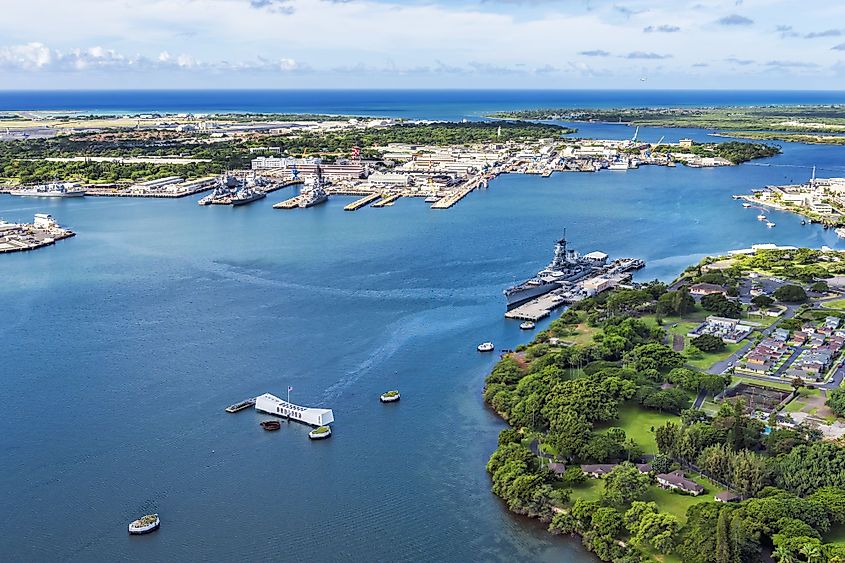
Pearl Harbor is the most popular attraction in Oahu which is close to both Honolulu and Waipahu. This national memorial commemorates the events of December 7, 1941 during an attack on Pearl Harbor. Specifically, the Pearl Harbor National Memorial pays homage to military personnel who died on that day during the Second World War. It also serves as a symbol of peace and reconciliation.
The site features several memorials to honor the lives lost in the attack on Pearl Harbor. The USS Arizona Memorial pays homage to 1,117 crewmen, with its hull as a tomb to over 900 sailors. The USS Oklahoma Memorial for 429 sailors who perished during a ship capsizing, and the USS Utah Memorial which commemorates 58 soldiers.
Hawaii's Plantation Village
Hawaii's Plantation Village is a family-friendly living history museum with a botanical garden. Since 1992, the museum educates visitors about the history of Hawaii's sugar plantations from the 1850s to the 1950s. In this living history museum, people can learn about life on the island's plantations, especially through the eyes of immigrant workers.
There are over 25 restored plantation homes at the museum with artifacts from the time, including clothing, furniture, and art. Many of the artifacts in the museum are items donated by former plantation workers and their families. Guided, 90-minute tours are also available at Hawaii's Plantation Village. Such tours guide visitors through the restored worker homes, which are recognized by the US National Register of Historic Places.
Central Oahu Regional Park
Though Honolulu runs the Central Oahu Regional Park, this massive attraction runs through Waipahu to the townships of Mililani and Wahiawa. This 269-acre park is perfect for a morning or afternoon stroll for visitors. This massive park features an aquatic center, park houses, baseball diamonds, a skateboard park, and an archery range. Central Oahu Park also has a paved trail that loops around the area, which is great for running, walking, or road biking. The trail only takes about 40 minutes to complete and is friendly for strollers, wheelchairs, kids, and leashed dogs. The Central Oahu Regional Park is just off the Kamehameha Highway.
Coral Crater Adventure Park
The Coral Crater Adventure Park is a family-friendly attraction with a host of adrenaline-inducing activities. Visitors can ride the park's Coral Crater zipline which travels 30 mph over 1,000 feet or tackles a 50-foot climbing wall. The park also offers other thrilling experiences, including ATV tours of Oahu and obstacle courses with aerial obstacles like ropes, walls, and platforms! To get to the Coral Crater Adventure Park, visitors must drive along the Interstate H-1 Highway (or the Queen Lili'uokalani Freeway) toward Kapolei. The park sits off Franklin D Roosevelt Avenue, which is close to the Kapolei High School and the Ka Makana Ali'i shopping mall.
Though Honolulu remains Oahu's most popular destination, the nearby town of Waipahu has its charm and storied past involving sugar plantations. Besides its pleasant, year-round weather and diverse population, the town sits near a range of attractions for tourists and locals alike.
